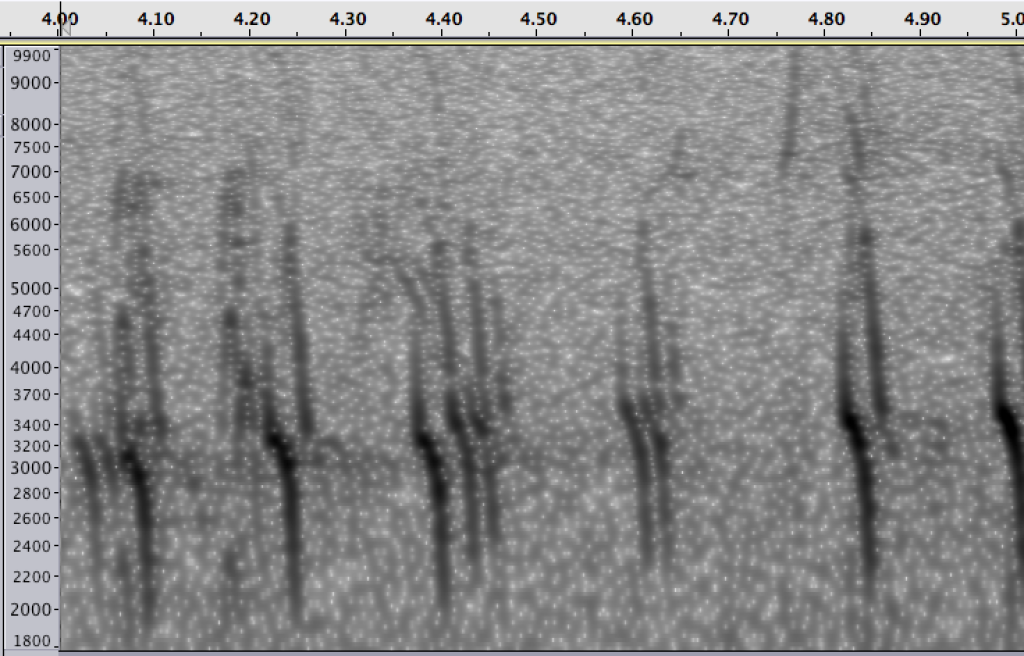I was awoken on the morning of February 18th by a “kip kip kip” call note coming from the direction of the bird feeders. I instantly recognized it as the call note of Red Crossbill, a rare visitor to my backyard with only a couple of previous records in about 10 years. They are a species of finch, and one of my all time favorite birds, with a really interesting background story to boot. Uncommon anywhere or anytime in New Hampshire, this bird is North America’s answer to Darwin’s finch, the small inconspicuous Galapagos bird that contributed to Darwin’s thinking on the nature of evolution. The ancestral finches that landed on the Galapagos Islands evolved into a whole suite of new species, each one characterized by a different beak shape and size – small beaks for insect eaters, large beaks for seed eaters and so forth. Approximately ten different “types” of Red Crossbills are known to occur in North America, each type characterized by slight variations in call note, which also “correspond with slight differences in morphology, genetics, and ecological associations“. And they also vary by size of beak!
I jumped out of bed, grabbed my binoculars and ran out onto the deck, and there sitting in a cherry tree above the bird feeder was a pair of Red Crossbills. Crossbills feed primarily on conifer seeds and are extremely unlikely to visit a bird feeding station. I suspect they were flying overhead and, attracted by the large numbers of other birds using the feeders, stopped briefly to inspect the scene. Faced with a choice of grabbing a camera or voice recorder, with few exceptions I normally go for the former. This species is one of the exceptions. Fortunately they stayed long enough for me to get a good recording (they are very vocal, especially when they fly).
I trust my ability to identify Red Crossbills by call note, but to go deeper than that, I needed to run the call on software that allowed analysis of the spectrogram (a spectrogram is a visual representation of a sound by frequency and time). My sense, based on a) comparison of the call with recordings of known types, b) analysis of the spectrogram, and c) likely candidates based on geography, was that these birds were Type 1 – the Appalachian Crossbill, which favors red spruce, eastern white pine, amongst other species of conifers.
I sent the file to Matt Young of Cornell. Matt is one of the leading experts on Red Crossbills in North America – he authored the paper I on which I based this blog. His answer? He is still investigating, but possibly Type 1………….and Type 2 (Ponderosa Pine Crossbill – highly irruptive species that prefers hard-coned pines such as Ponderosa).
You can hear the recording here (with some Pine Siskins in the background).

One Response to “Red Crossbills – when binoculars aren’t enough”